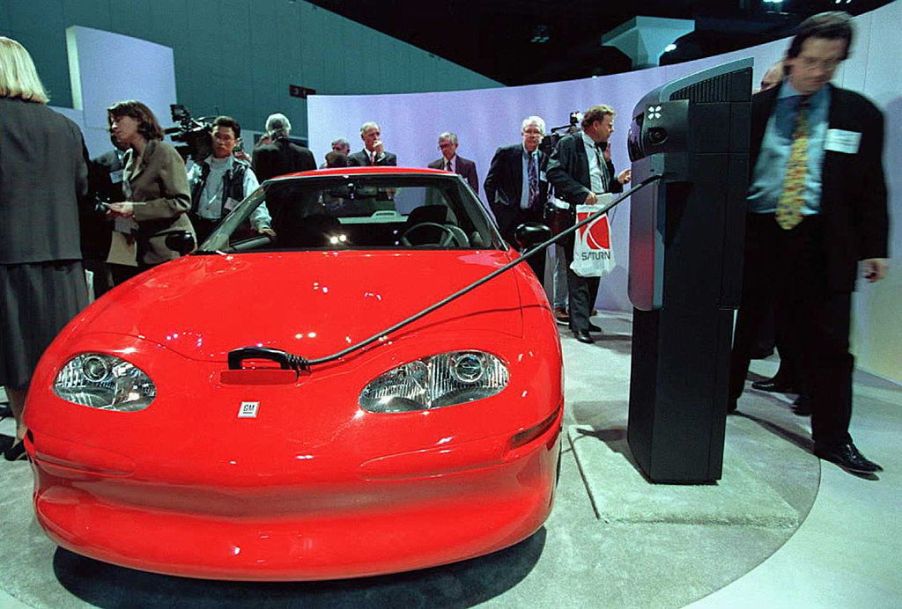
Do ‘Clean’ Electric Vehicles Have Dirty Secrets?
There are many compelling reasons for the rising interest in electric vehicles. For one, there’s the electric vehicle tax credit. In addition, there is an assumed benefit toward slowing climate change due to zero emissions. The driver of your neighborhood electric vehicle inherently flexes their ethical muscles as they drive through the streets lined with driveways full of pickup trucks. But how clean are these cars that are supposed to be better for the earth?

Due to the fear of climate change and the call to move to a more electrified automotive future by many government leaders, there is an impending shift in the industry. However, according to Forbes, this future may not be as clean as we think it is. Electric vehicle production has some dirty secrets.
The lithium-ion electric vehicle battery
The road to production for an electric vehicle is paved with good intentions. However, manufacturing the lithium-ion battery that powers these cars is more complicated than you might think. For one, each battery requires mineral resources. These come from mines all over the world. It’s not hard to imagine that the working conditions in the places mining for materials that these batteries require aren’t exactly safe, clean, or humane.

“The most important component in the EV is the lithium-ion rechargeable battery which relies on critical mineral commodities such as cobalt, graphite, lithium, and manganese.”
Tilak Doshi | Forbes
According to Forbes, most cobalt mining happens in the Democratic Republic of Congo. These mines are notorious for enabling child labor and dangerous working conditions for employees. That’s a big deal when you consider that Congolese cobalt mines act as the source for two-thirds of the mineral’s global output.

The scale of change is much grander than you think
As we watch the success of Tesla Inc. increase to new heights, it may seem that the electric vehicle market is really heating up lately. However, Forbes reports that electric vehicles still only account for 1% of cars on the road today. In order for a true shift to take place, the scale of that change is far larger than it seems.
“…if we replace all of the UK vehicle fleet with EVs, assuming they use the most resource-frugal next-generation batteries, we would need the following materials: about twice the annual global production of cobalt; three quarters of the world’s production lithium carbonate; nearly the entire world production of neodymium; and more than half the world’s production of copper in 2018… .And this is just for the UK.”
Dr. Michael Kelly | University of Cambridge

As we read in the quote above, the global production of the mineral resources required to create the number of batteries we’d need to actually make a shift toward EV dominance is massive. So how will we manage to balance this out as the change to electric moves forward? In the Forbes article, it’s also laid out for us that the carbon-dioxide emissions it takes to produce an electric vehicle offset the benefits of zero emissions. In the grand scheme of things, these supposedly ‘cleaner’ cars may be dirtier than we think.



